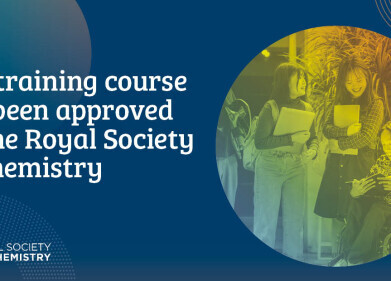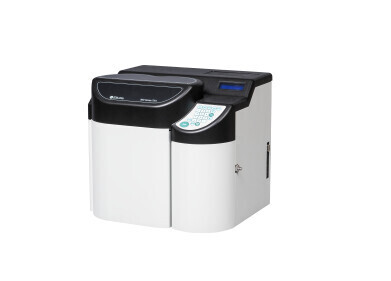Gas Chromatography
How Can Chromatography Improve Aviation Fuels?
Sep 24 2019
Like many other industries, the aviation industry is under pressure to improve its environmental footprint and reduce costs. Figures from the UK Government forecast an increase of passenger numbers and air transport movements over the next decade. The increase will bring with it more pollution - more noise, more atmospheric pollution at high altitude and more ground pollution.
The industry is working hard to mitigate these effects. Bigger aircraft with more seats can reduce the number of movements. Aircraft manufacturers are working to make engines and aircraft more efficient as they fly. Airlines are working to reduce their environmental footprint by introducing new fuels reducing their reliance on fossil fuels. And chromatography is playing its part.
Improving efficiency in the air
The rise in aircraft movements will lead to an increase in fuel use - with estimates suggesting that fuel demands will increase on average by 2% for the foreseeable future. Manufacturers and airlines are seeking ways to both reduce their emissions by increasing fuel efficiency and using alternative fuels. Fuel efficiencies are being addressed by using lighter materials in aircraft construction, improved aerodynamics using ideas like winglets and better technology.
Alternative fuels - a long trip
But airlines and the aviation industry are also seeking to reduce their environmental footprint by reducing their emissions. Sustainable aviation fuels are made from the oil of sustainable crops and waste biomass. It is estimated that using sustainable fuels could reduce the overall carbon footprint by up to 80% over the full lifecycle of the fuel. But you cannot just make a fuel, pump it into an airplane’s fuel tanks and let it take off. There is a detailed protocol to introduce alternative fuels into the aviation market - and chromatography can play a part.
Biofuels are finding their way into many different facets of everyday life, and they are being used as alternative fuels to produce energy and fuel our cars. There have been test flights carried out using a combination or standard and sustainable fuels. But the process to commercialize alternative fuels can be a long and expensive process.
Adhere to the standard
The process to develop and evaluate a new fuel is governed by a standard known as ASTM D4054-19 - Standard Practice for Evaluation of New Aviation Turbine Fuels and Fuel Additives. The standard guides developers through the process of meeting fuel requirements using a system of four tiers - Tier 1 and 2 tests are mainly concerned with the chemical and physical properties of the fuel while Tier 4 tests concern large scale engine tests.
Chromatography can play a role by ensuring that any fuels that are developed are screened before the expensive Tier 3 and 4 tests are carried out - these tests require large amounts of fuel to be manufactured. The use of chromatography in analysing jet fuels is the topic of the article, Gas Chromatography - Vacuum Ultraviolet Spectroscopy: A Versatile Tool for Analysis of Gasoline and Jet Fuels.
Digital Edition
Chromatography Today - Buyers' Guide 2022
October 2023
In This Edition Modern & Practical Applications - Accelerating ADC Development with Mass Spectrometry - Implementing High-Resolution Ion Mobility into Peptide Mapping Workflows Chromatogr...
View all digital editions
Events
Jan 20 2025 Amsterdam, Netherlands
Feb 03 2025 Dubai, UAE
Feb 05 2025 Guangzhou, China
Mar 01 2025 Boston, MA, USA
Mar 04 2025 Berlin, Germany














